As both an OT and a parent, I am a fan of puzzles. Every time you work on a puzzle you are using logic, reasoning, and visual perceptual skills while also using some fine motor skills to put the pieces into place. Puzzles make your brain ponder questions like “What goes here?” as you stare at an empty place in the picture. The ability to figure that out from the visual clues helps us to picture where we left something. Visual memory helps with learning and is valuable to develop. Puzzles have been a regular gift to my kids over the years, as they provide more mental bang for the buck than many toys.
One important thing to remember about choosing a puzzle is to choose one that is at the right level for your child. Puzzles that are too hard are going to be frustrating and not fun. Puzzles that are too easy aren’t fun either. Ideally, your child will work on puzzles that challenge them just the right amount. With that in mind, here is the progression of puzzle working and how to choose the right one for your child.
If you try a puzzle with your child and it is just too hard, back up to an easier one! Eventually, your child will be ready for that harder one. It just takes practice.
First Puzzles: Age 2-4
 For a first puzzle, choose puzzles that involve just placing a single puzzle piece into the right place. Larger, simpler shapes are best for children under 2. As a child develops more fine motor control needed to hold and twist the pieces, more complex shapes, like farm animals and trucks, are fun too. Melissa & Doug has some cute puzzles that reward the child with a sound when they get a piece in the right place. These puzzles can encourage kids to work them over and over, which makes them a better value. The tiny pegs also help kids develop a strong pincher grip, needed for learning to hold a crayon or pencil.
For a first puzzle, choose puzzles that involve just placing a single puzzle piece into the right place. Larger, simpler shapes are best for children under 2. As a child develops more fine motor control needed to hold and twist the pieces, more complex shapes, like farm animals and trucks, are fun too. Melissa & Doug has some cute puzzles that reward the child with a sound when they get a piece in the right place. These puzzles can encourage kids to work them over and over, which makes them a better value. The tiny pegs also help kids develop a strong pincher grip, needed for learning to hold a crayon or pencil.
Multi-piece Puzzles: Beginner
I am a fan of wooden puzzles as they are more durable and sturdy for little hands. Remember, children learn best by starting with a small number of puzzle pieces to fit into a shape, and gradually learning to work with more pieces. Shaped puzzles with few pieces like these are a good introduction to putting together a more complex puzzle. It is also good for kids to think about questions like “Do you think the head goes at the top or the bottom of the puzzle?” Asking questions like that can cue a child who is struggling.
Another good way to start doing more complex puzzles is to find one that is a single picture with some pieces removed. This bus puzzle by Melissa & Doug is cute for that. It helps kids to develop the ability to see what is missing and add it to the picture.
More Pieces
 Moving up to more complex puzzles, I prefer to continue to work on a wood tray but cardboard ones work too. The tray provides stability and helps your child confine their puzzle working to the right space. It is hard for a young child to know how far apart to space the top and bottom of a puzzle without the borders of a tray. Moving up to a 24-piece puzzle like this one is a good next step. See how each animal is a different color and has facial features to help your child orient it. Those factors also make this puzzle easier to reason out, which is good. Learning that each animal should have a mouth below the eyes, for example, helps children develop body awareness too.
Moving up to more complex puzzles, I prefer to continue to work on a wood tray but cardboard ones work too. The tray provides stability and helps your child confine their puzzle working to the right space. It is hard for a young child to know how far apart to space the top and bottom of a puzzle without the borders of a tray. Moving up to a 24-piece puzzle like this one is a good next step. See how each animal is a different color and has facial features to help your child orient it. Those factors also make this puzzle easier to reason out, which is good. Learning that each animal should have a mouth below the eyes, for example, helps children develop body awareness too.
Jumping up from the 24-piece puzzles to the 48-piece puzzles is usually the next step. Doubling the number of pieces can be tricky, so if your child is moving up to harder puzzles, you should stay close to see if they need a cue or a little help to orient the pieces. Tray puzzles like this one continue to be a good choice. I do like to choose puzzles with something that we can discuss as educational. Talking about the picture on the puzzle is a great way to tie in a little science or social studies to your child’s day. Let your child repeatedly work the puzzle until they can do it on their own.
Educational Puzzles
 Some puzzles go above and beyond to be educational. Layered puzzles can be found that include life cycles of animals and parts of the human body. Keep in mind these puzzles are usually tricky for kids when they first try them, as understanding how the puzzle will layer may only become apparent after working it a few times. You may need to stay close and give your child only the pieces they need for the current level they are working on to reduce frustration. However, the value of creating this chance to play and learn still has a lot of educational value.
Some puzzles go above and beyond to be educational. Layered puzzles can be found that include life cycles of animals and parts of the human body. Keep in mind these puzzles are usually tricky for kids when they first try them, as understanding how the puzzle will layer may only become apparent after working it a few times. You may need to stay close and give your child only the pieces they need for the current level they are working on to reduce frustration. However, the value of creating this chance to play and learn still has a lot of educational value.
I am also a fan of map puzzles. Easier map puzzles sit in a tray and have a picture to help kids find where the pieces go. Like this puzzle of the US. Learning all 50 states isn’t easy and you may want to pull out this puzzle even with older students to review where each state is on the map.
However, when kids are ready for complex puzzle maps, moving on to floor puzzles is also a great choice.
TableTop Puzzles
 Tabletop puzzles, made from cardboard, are the hardest puzzles to work on. They are harder because the pieces are smaller, can bend easily, and may be more challenging to solve due to color patterns. When your child moves from ones with a wooden tray or large pieces like the floor puzzles, be sure to not expect them to also jump up to working with many more pieces right away. Gradually increase the number of pieces to help your child build this skill.
Tabletop puzzles, made from cardboard, are the hardest puzzles to work on. They are harder because the pieces are smaller, can bend easily, and may be more challenging to solve due to color patterns. When your child moves from ones with a wooden tray or large pieces like the floor puzzles, be sure to not expect them to also jump up to working with many more pieces right away. Gradually increase the number of pieces to help your child build this skill.
You can start with puzzles with no border, but the same number of pieces they are used to. Choosing puzzles with pictures of things that interest your child will also make them more likely to stick with the puzzle. Ravensburger offers puzzles with a suggested age on them, which can also help you choose a puzzle with the right number of pieces for your child.
Moving On
 As my children have gotten older, we have tried working puzzles, as a family, that are 500 or more pieces. Working to solve puzzles together on long winter days has provided a nice break from our normal rush. Gluing them together and framing them has resulted in some artwork that is meaningful to us, because of the memory of creating it together. Once your child is ready to move on from the children’s puzzles above, I hope you too will try having a lazy weekend of puzzle working with your older child or teen.
As my children have gotten older, we have tried working puzzles, as a family, that are 500 or more pieces. Working to solve puzzles together on long winter days has provided a nice break from our normal rush. Gluing them together and framing them has resulted in some artwork that is meaningful to us, because of the memory of creating it together. Once your child is ready to move on from the children’s puzzles above, I hope you too will try having a lazy weekend of puzzle working with your older child or teen.
P.S. Here are the links to the things I’ve recommended today.
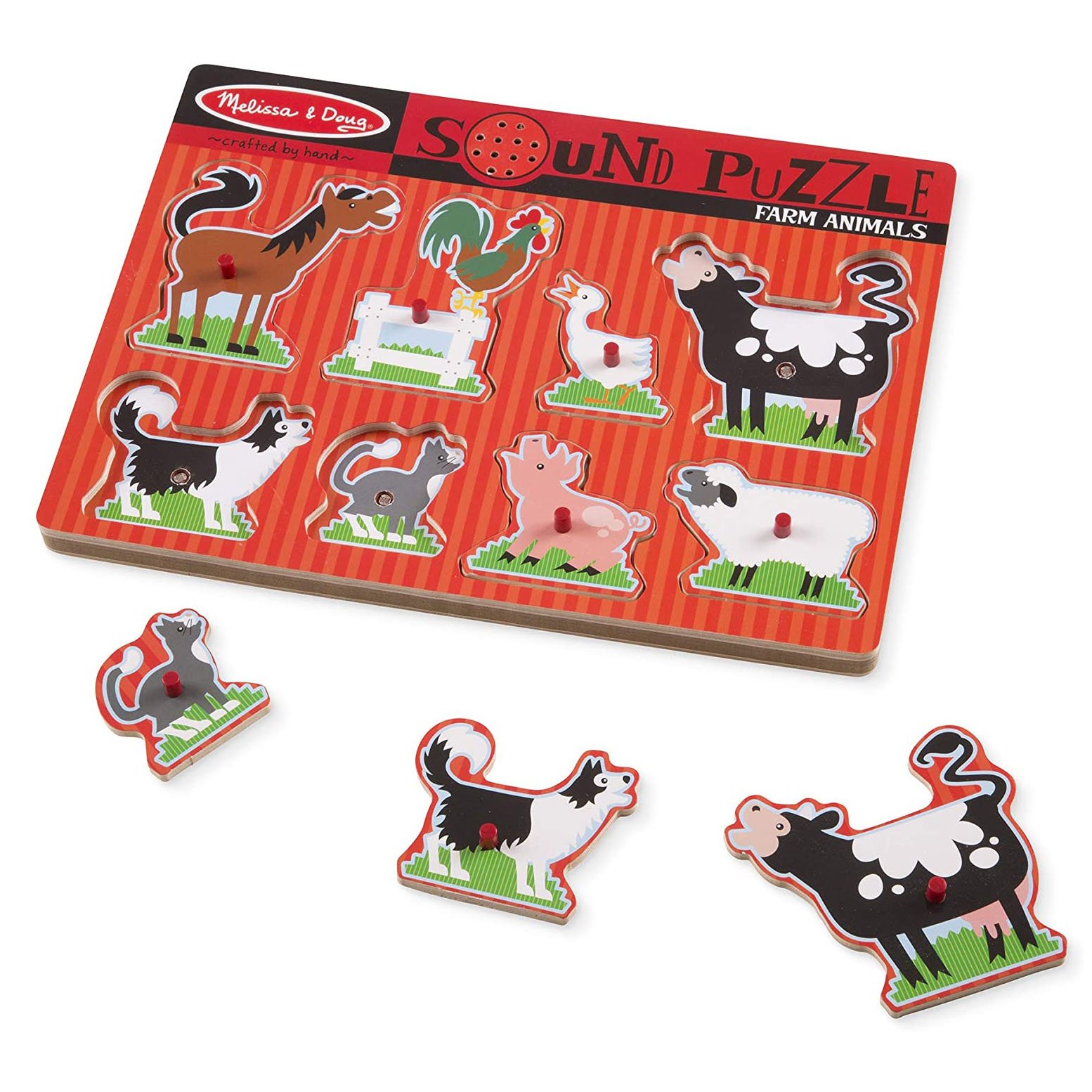 | by Melissa & Doug | 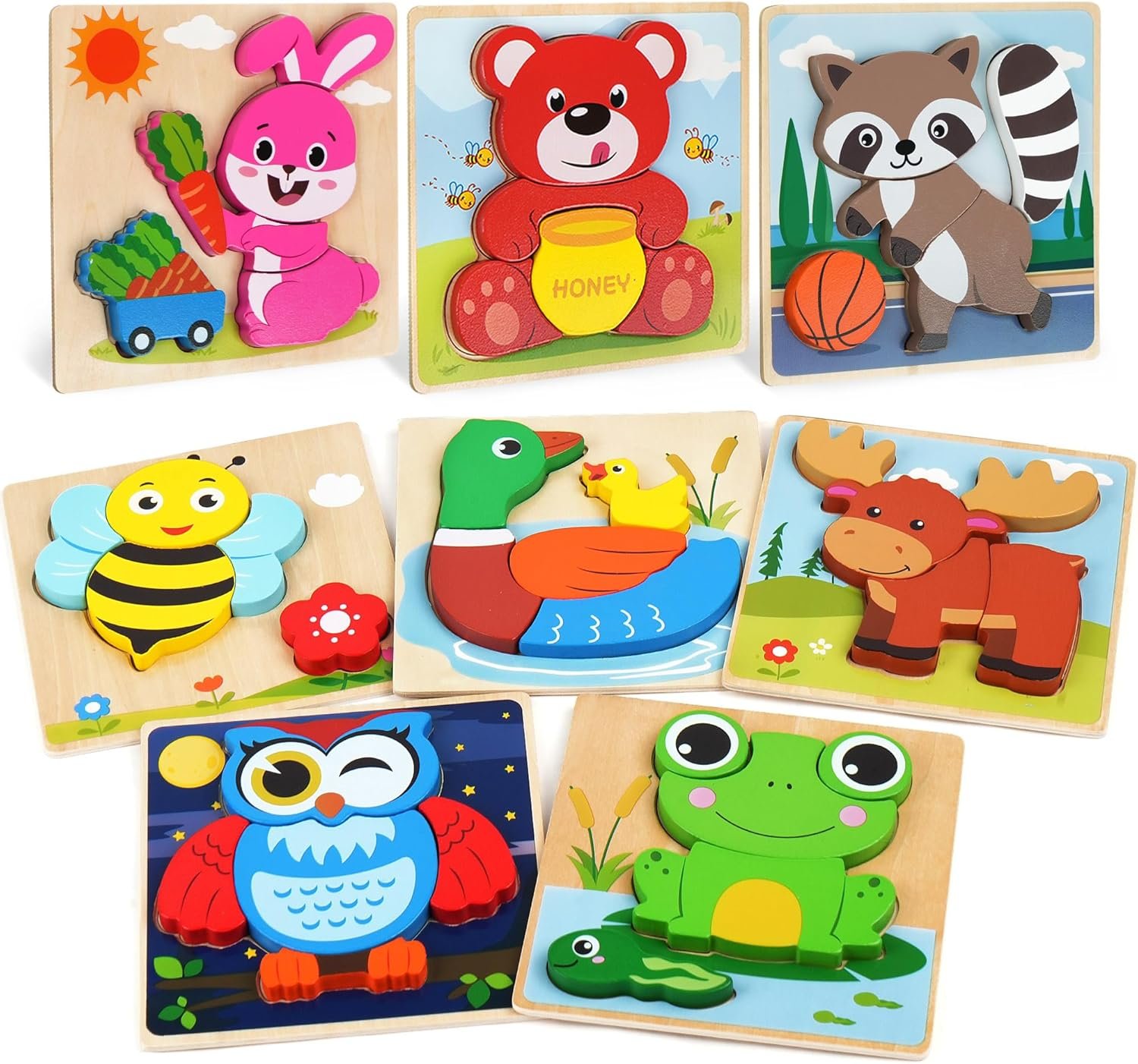 | by BenBen |
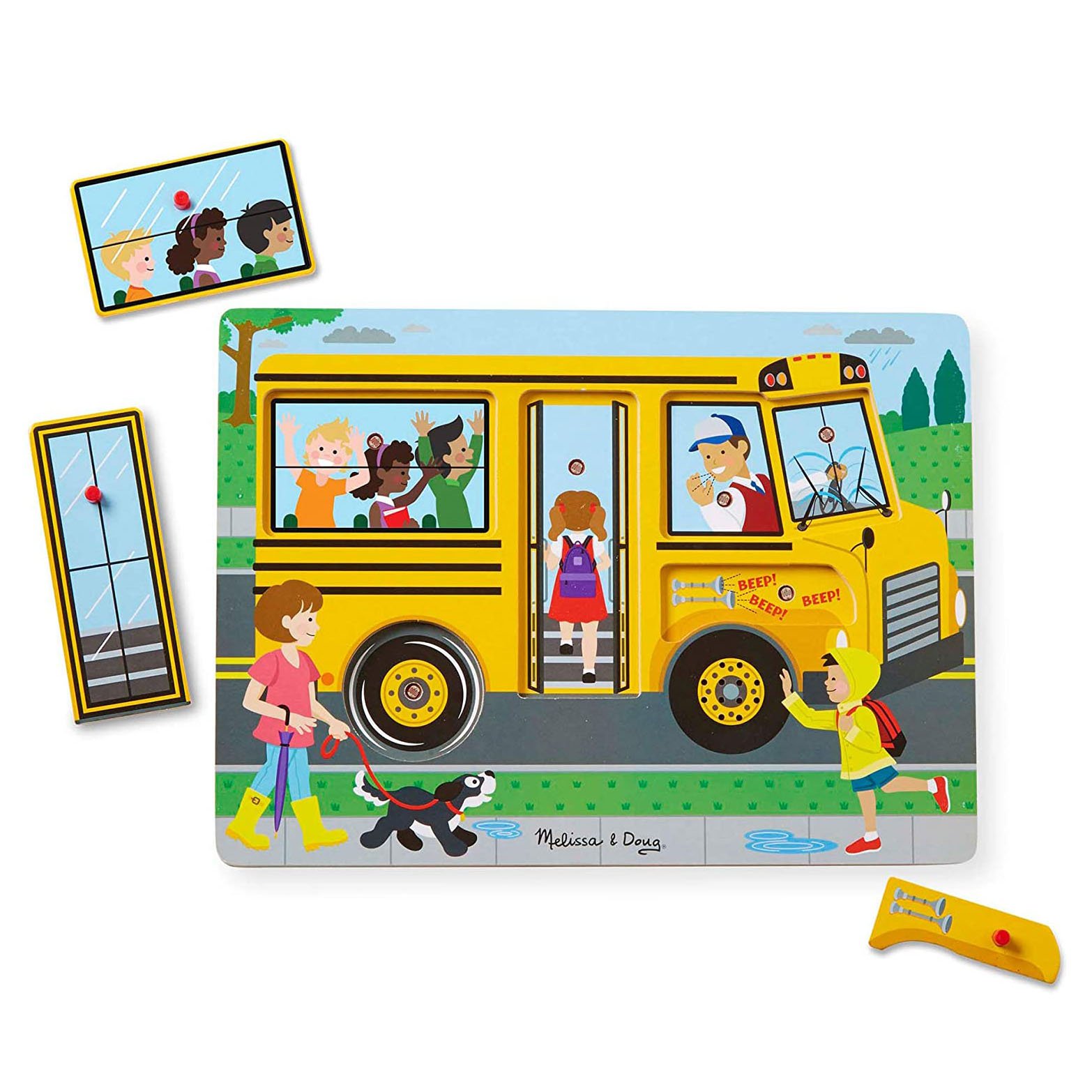 | by Melissa & Doug | 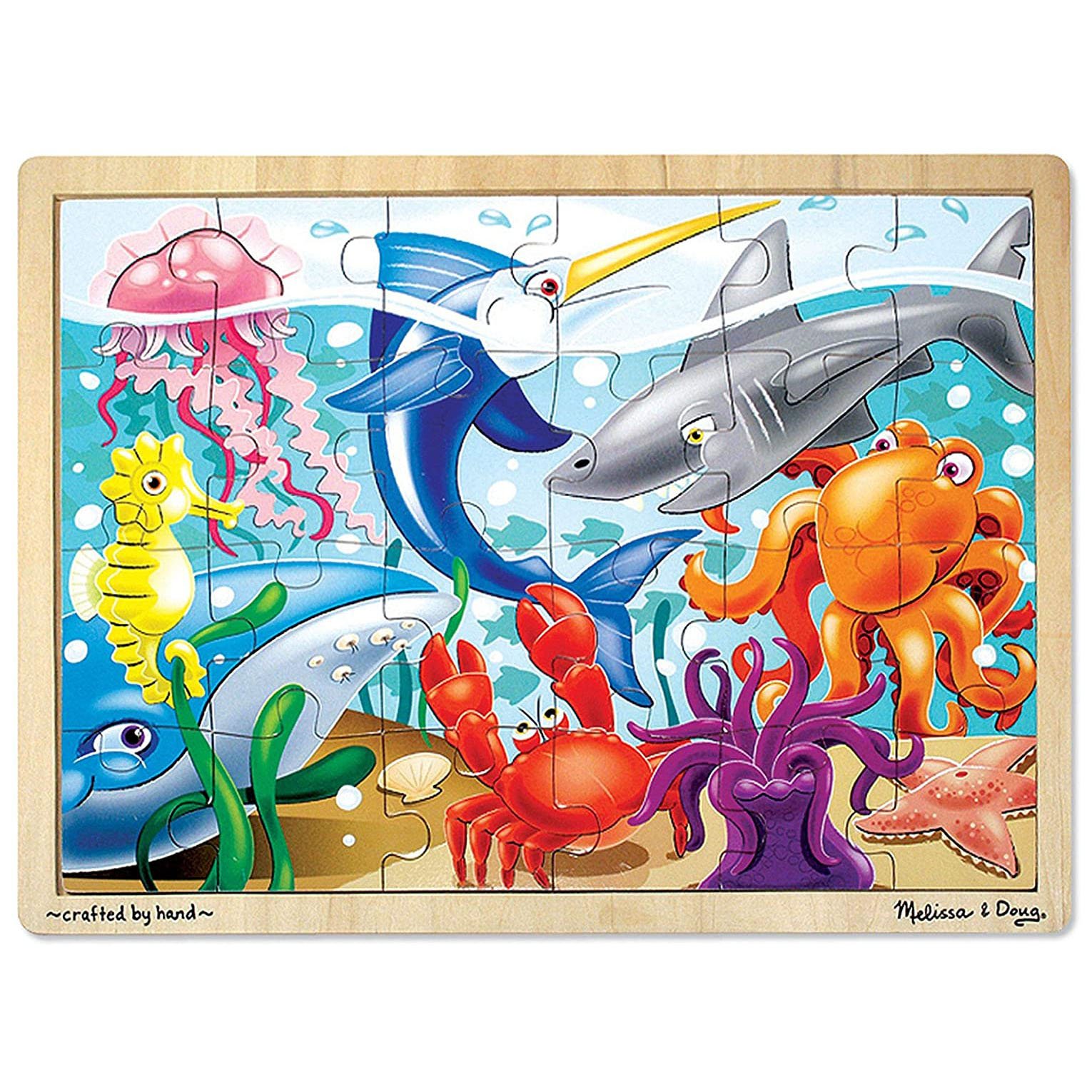 | by Melissa & Doug |
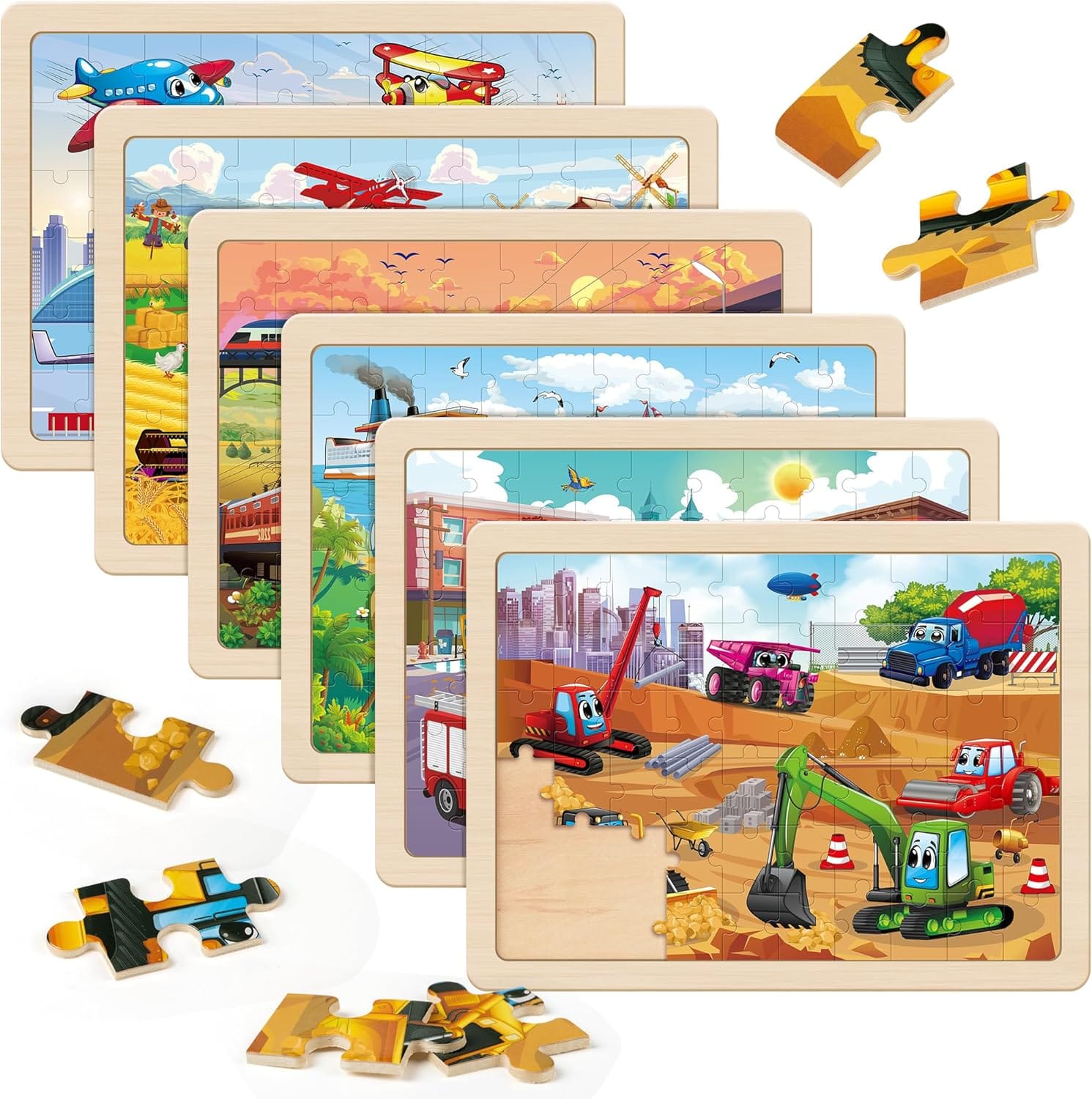 | by SYNARRY | 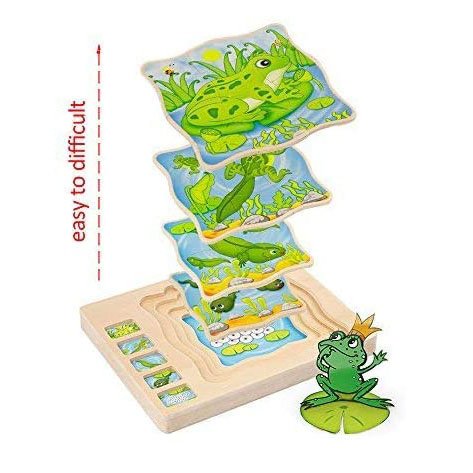 | by Onshine |
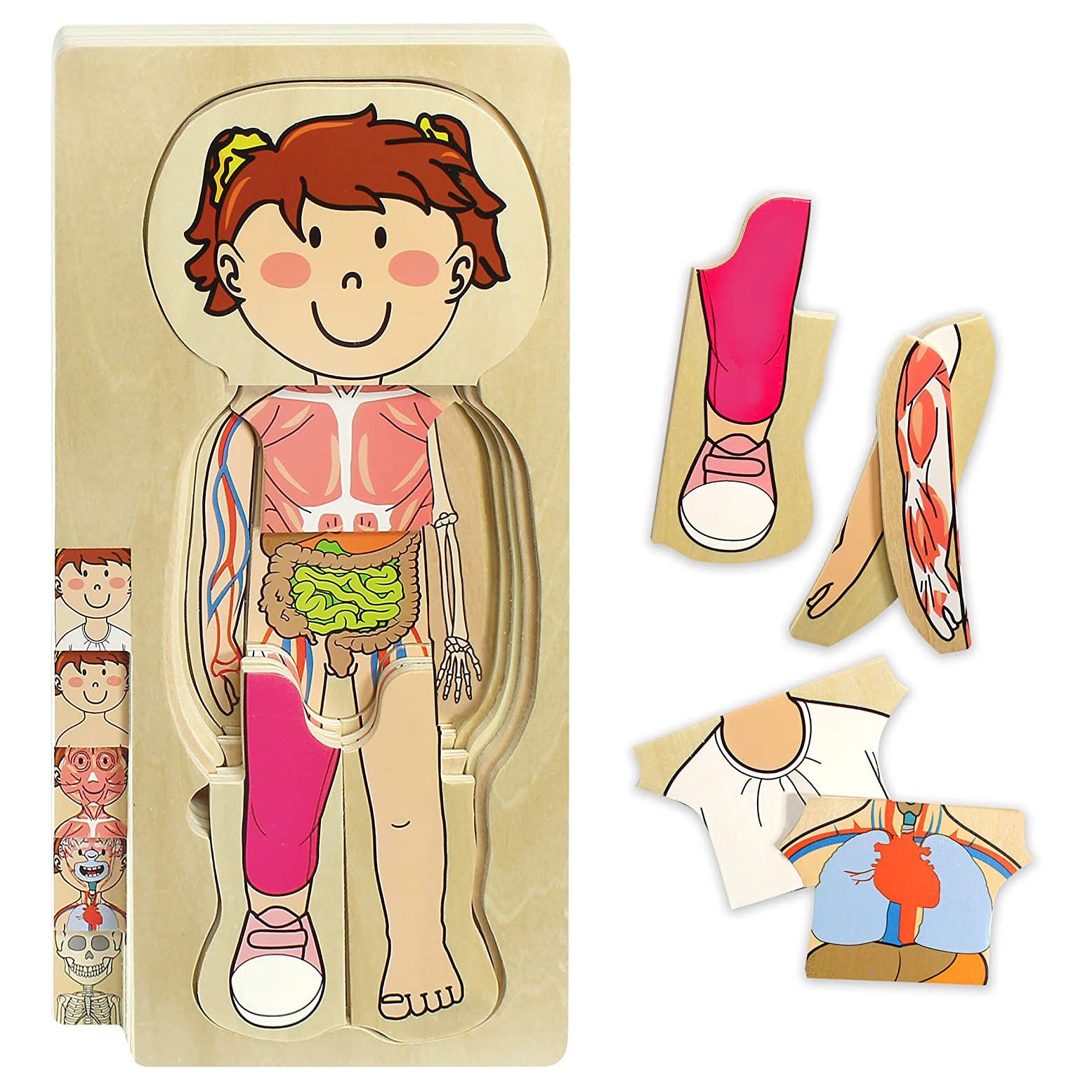 | by Kidzlane | 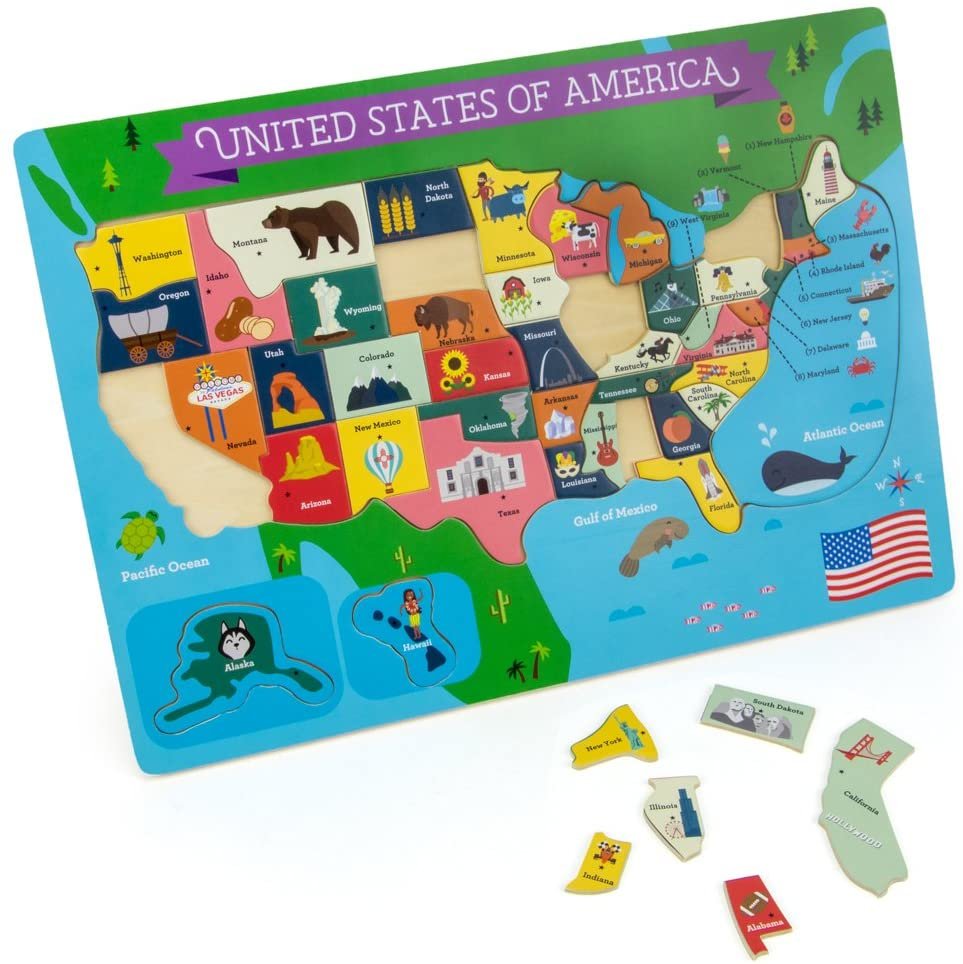 | by Professor Poplar |
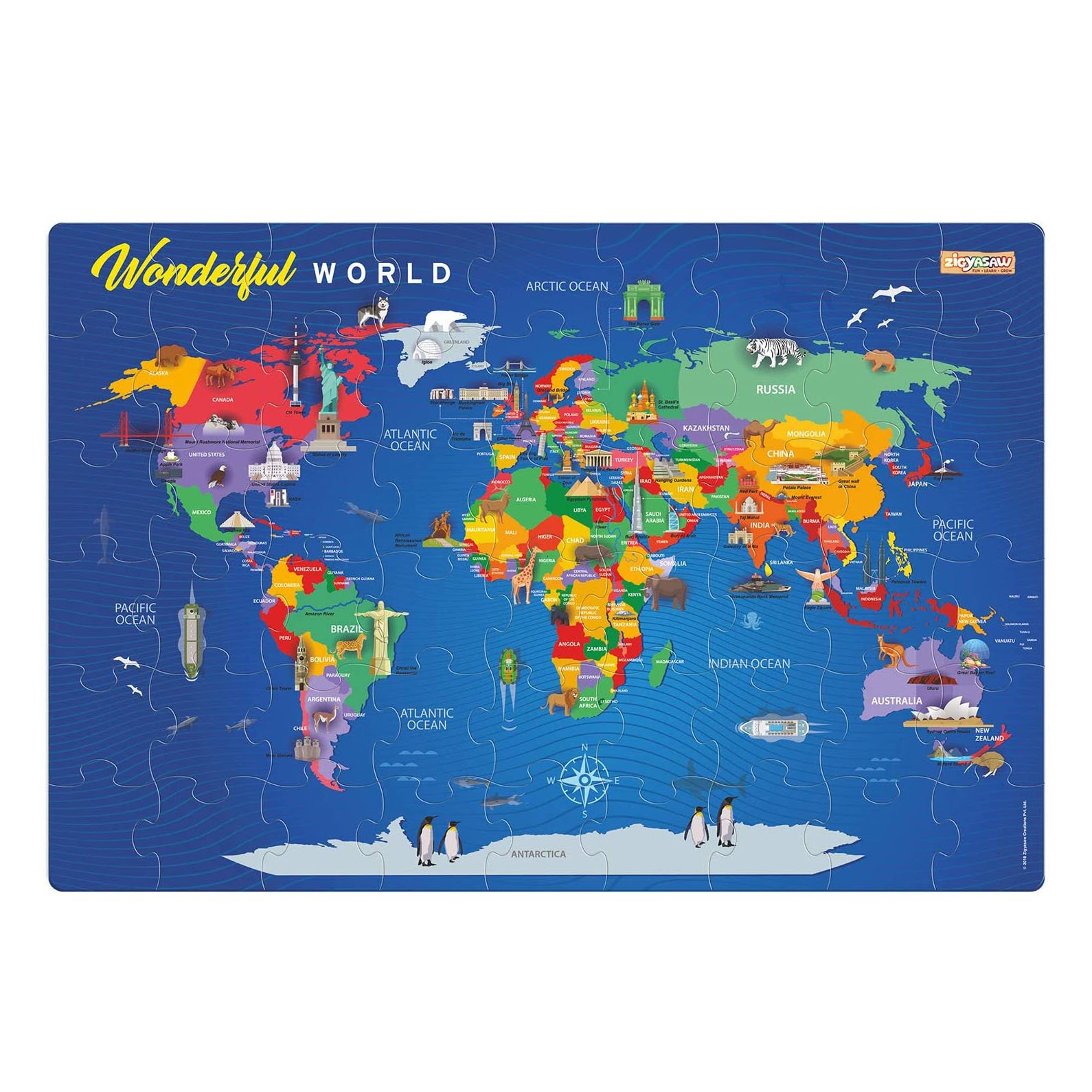 | by ZiGYASAW | 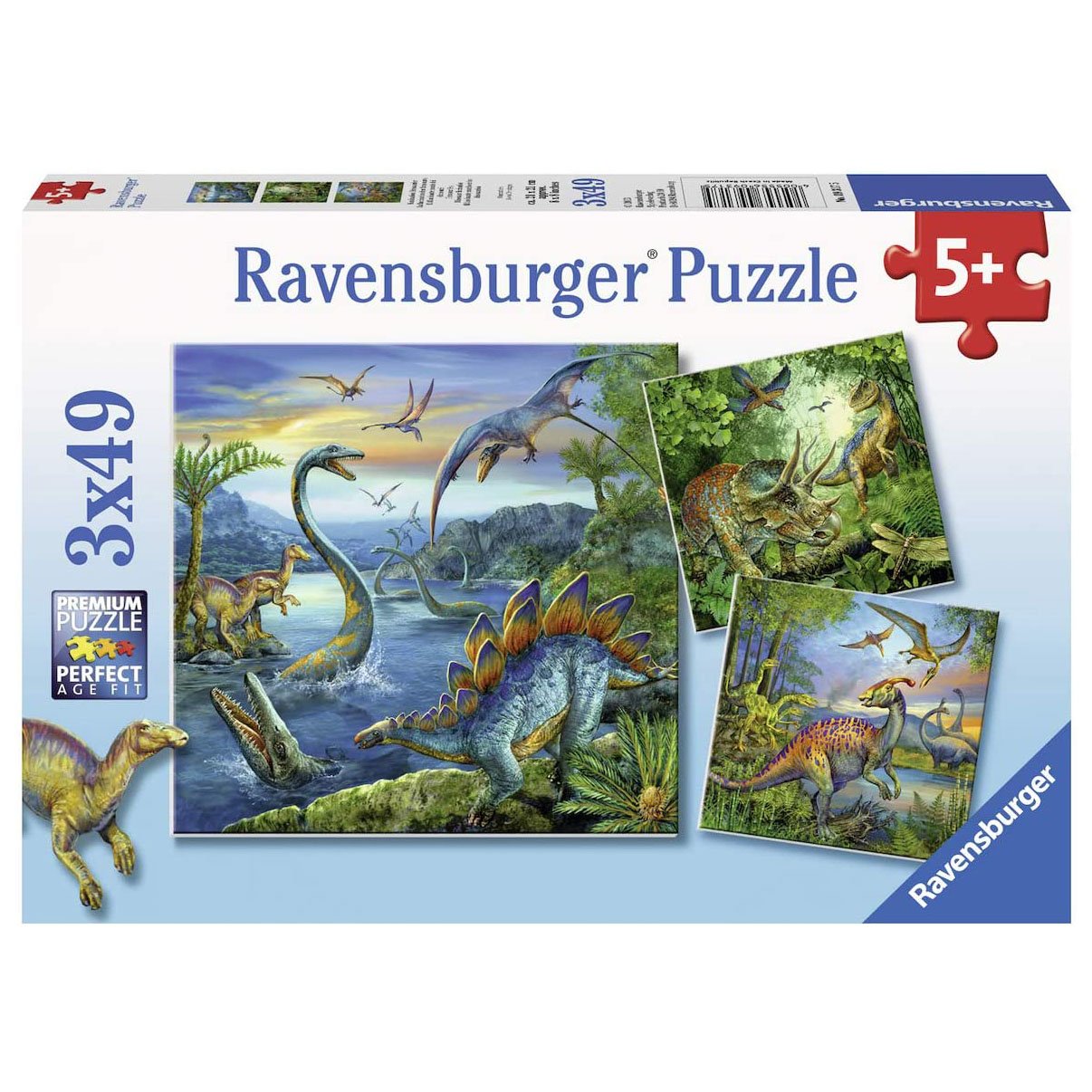 | by Ravensburger |
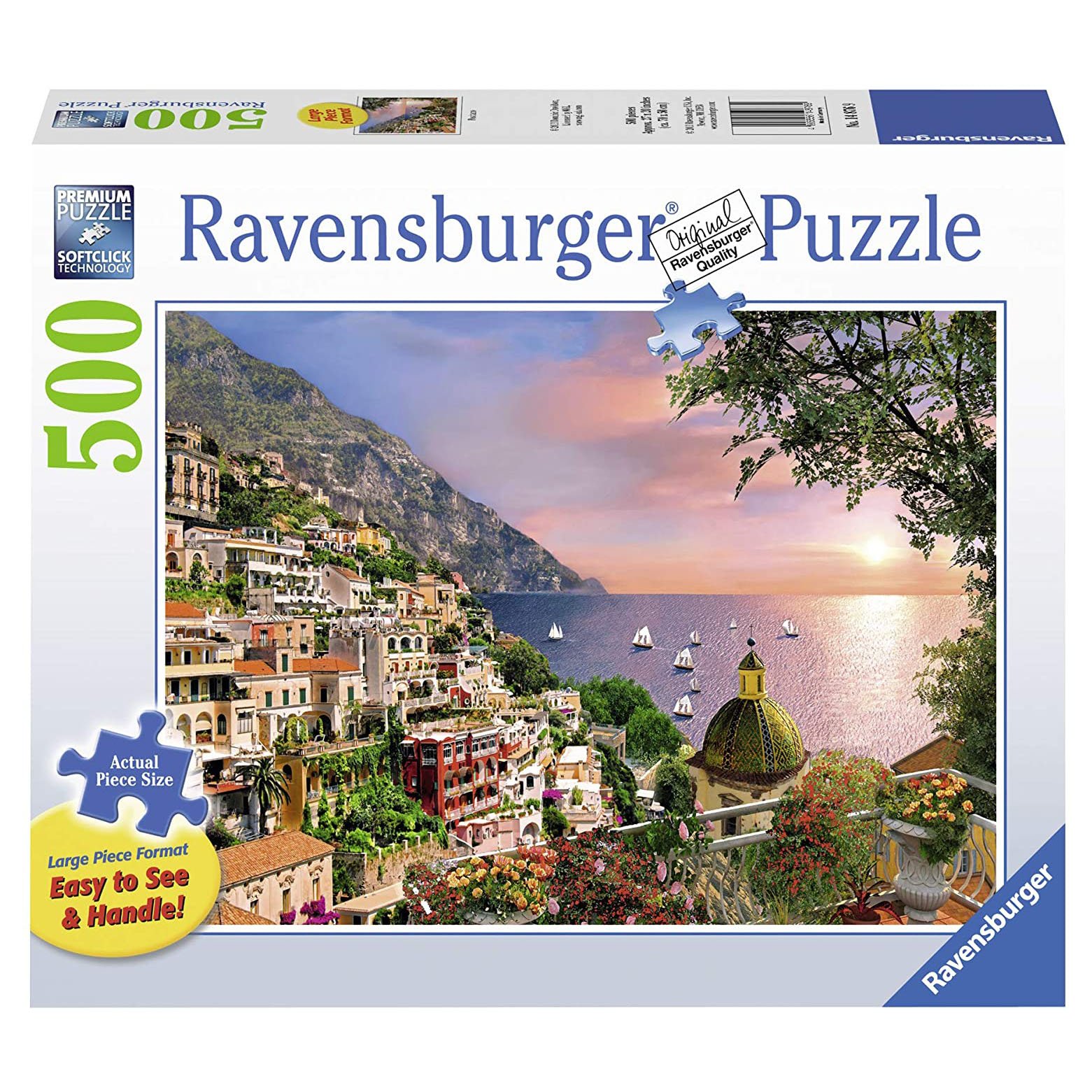 | by Ravensburger |
** Our business does receive a small percentage of sales made through links on this page to Amazon as part of the Amazon Affiliates program. If you chose to purchase through one of these links, please know that we appreciate it. Thank you!


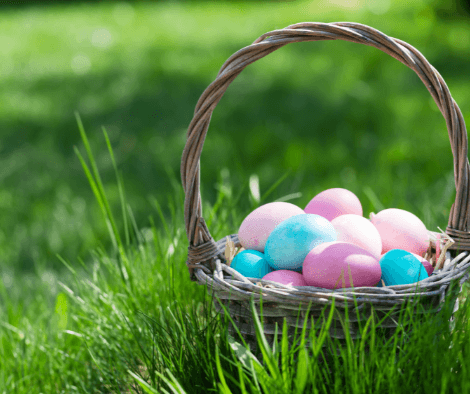
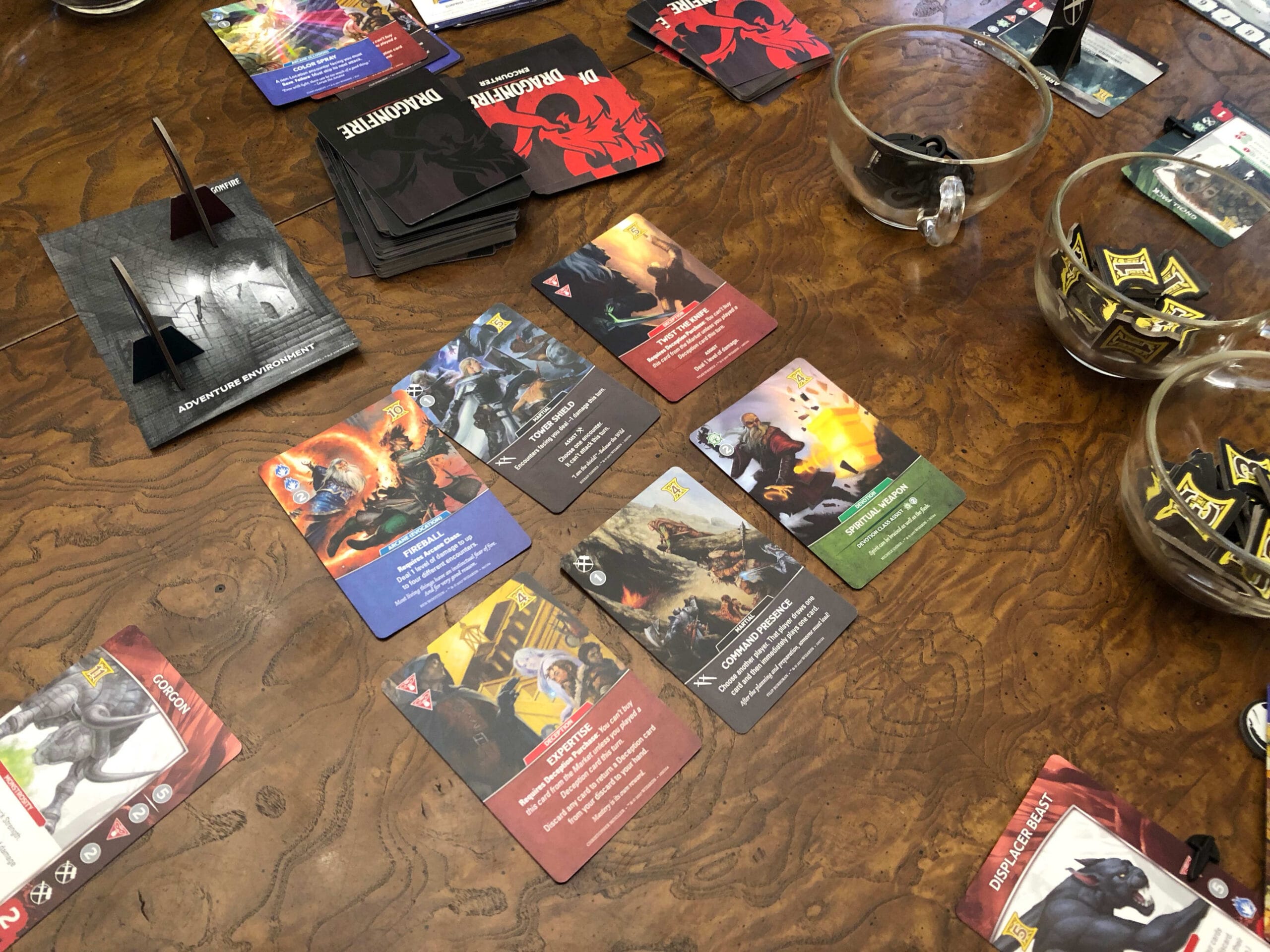
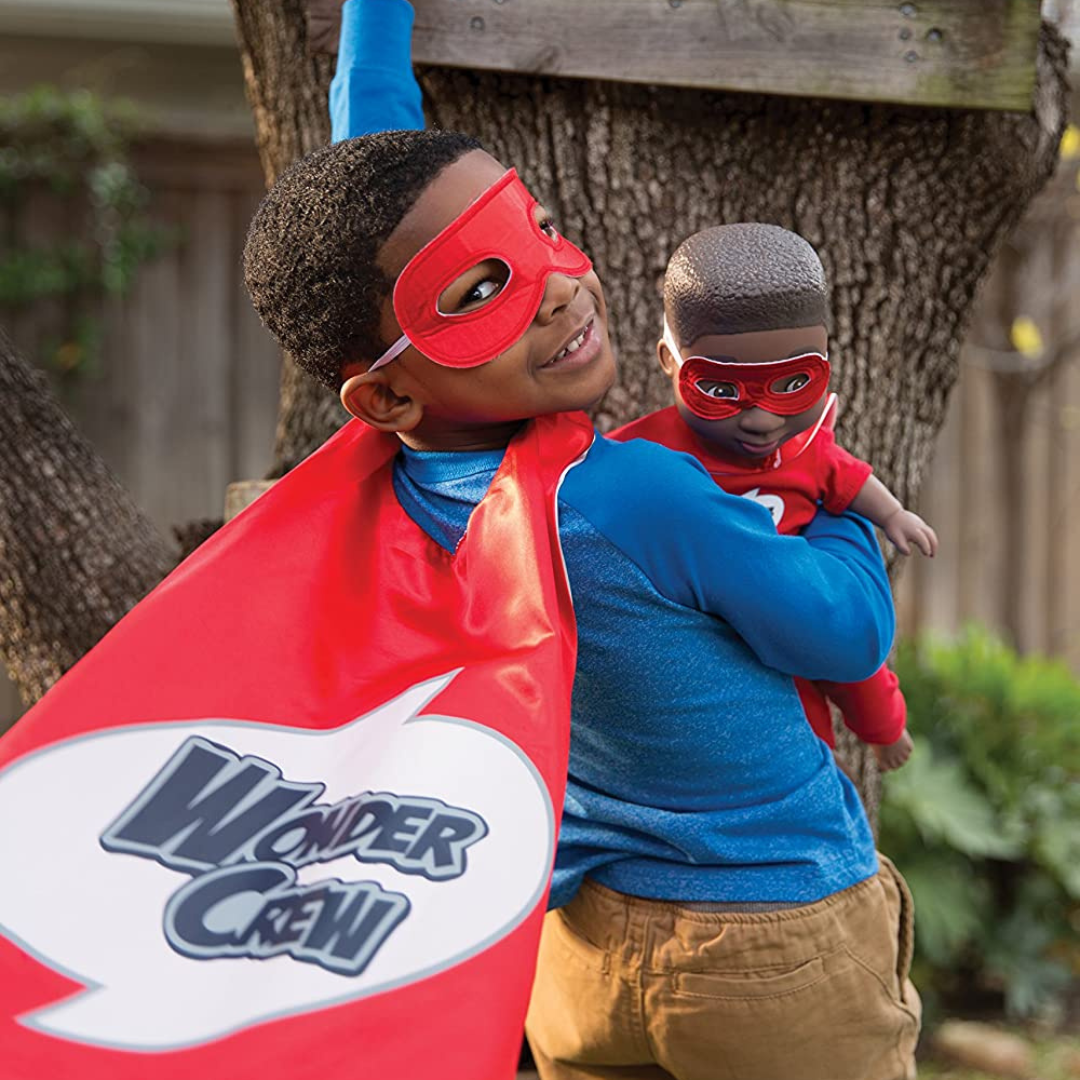
0 Comments